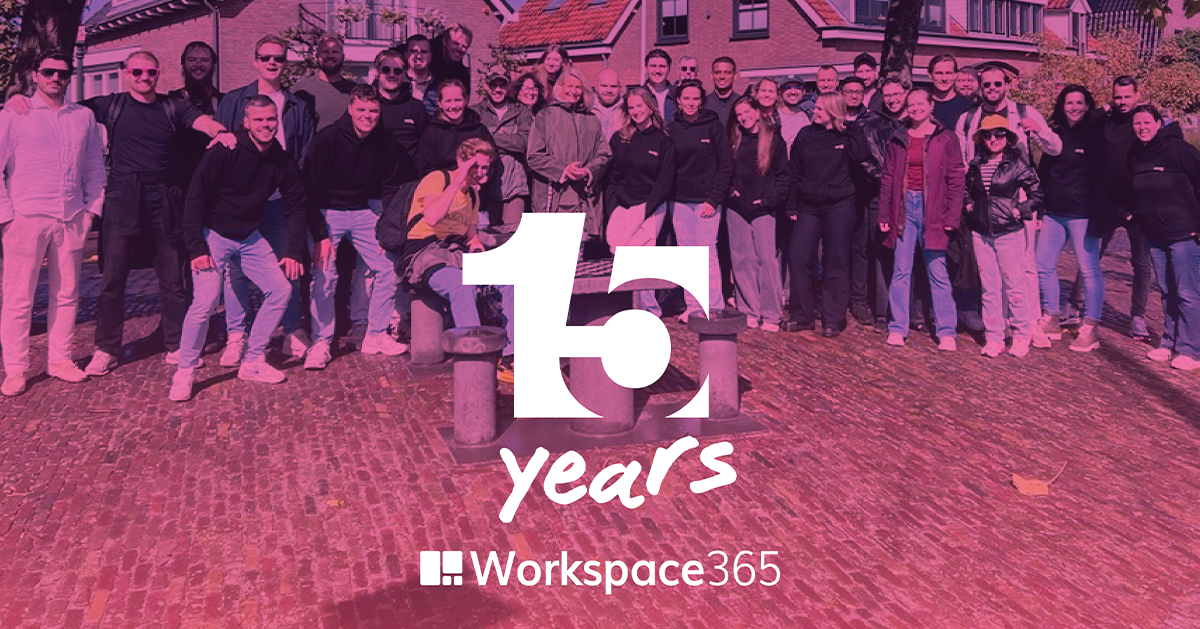In our ever-changing world, change is inevitable in all aspects of our lives. However, when it comes to adopting new technologies and approaches in the workplace, people are often reluctant. We tend to settle for familiar methods that align with our daily routines, making us view disruptive ideas and concepts with suspicion, caution, and even fear.
Don't fear the transition: embrace change
Change should not be feared. Nevertheless, initiating a shift from an established method to a completely new way of working can naturally be daunting. To address any concerns, a gradual transition is key to help employees embrace the change.
The rise of remote working and the cloud
Investments in remote-working technology have significantly increased in recent years, and this trend is set to continue due to the growing demand for hybrid work arrangements. As on-premise infrastructure becomes less prevalent, companies are increasingly heading in the direction of the global cloud computing market, which is projected to exceed a staggering worth of $376 billion by 2029.
Cloud technology as a driver of business innovation
According to Gartner's predictions in 2020, cloud technology would become the primary driver of business innovation by 2025. The majority of mainstream organisations would struggle to implement new business models or establish ecosystem relationships without relying on cloud services.
Addressing employee concerns: Will the cloud bring a drastic change?
As a business, there is pressure to adopt cloud processes. However, your employees will likely have questions and concerns about its implementation within your organisation. One primary concern revolves around whether migrating to the cloud will result in a completely different working experience. This fear of change can be daunting.
The adaptive digital workplace: merging the familiar and the innovative
The good news is that an adaptive digital workplace provides reassurance to your employees. It allows you to retain the familiar software that employees are familiar with and know will assist them in performing their jobs effectively. Simultaneously, it enables the utilisation of technology that offers a customised platform unique to each individual, streamlining IT-related processes and saving valuable time.
Streamlining work processes for enhanced productivity
With an adaptive digital workplace, everything your employees need to fulfil their roles is combined in a centralised platform accessible from any device, at any time, and anywhere in the world. This eliminates the need for constant app-switching, reducing time wasted during the working day. Document management systems promote collaboration, organisation, and easy file access, avoiding searching through multiple layers of storage or IT systems. Additionally, version control ensures that edits are never lost.
Integrating legacy systems for comfort and security
Integrating legacy software, such as Windows Virtual Desktop, Citrix virtual apps, and legacy file servers, into a digital workplace is not only a means of making employees comfortable with new technologies but also ensures system security. The presence of "Shadow IT," where employees use their personal tech for work tasks, poses risks as it falls outside the business's security ecosystem. By providing employees with a familiar core functionality, integration eliminates concerns related to Shadow IT.
Integration also grants peace of mind to the team responsible for system security. A single sign-on to the digital workplace significantly reduces the potential for breaches and ensures a smooth and seamless working day, free from unnecessary friction.
Happy employees, successful business
The adaptive digital workplace, integrating consistent legacy systems via the cloud into an all-in-one portal, results in an overwhelmingly positive employee experience. Consequently, this leads to increased profitability, reduced absenteeism, and heightened productivity. Ultimately, happy and engaged employees contribute to better customer service, with almost four out of five companies with an engaged workforce delivering significantly superior customer experiences.
Embrace the cloud fearlessly: boosting productivity and profitability
There is nothing to fear when working in the cloud, as countless individuals can attest. Your employees will retain the ability to work with their preferred tools within the digital workplace. By leveraging this location, they gain the added advantage of significantly increasing their productivity, leading to improved profitability for your business.







